by Hikmet Şırlak
How do you calculate the time t, needed to consume one glass of tea, provided the diameter d=4 cm, the height h=8 cm and a parabolic form where f(x)=x² ?
Not a maths person? Then set your timer and just drink it.
If you think you lack the knowledge to tell the quality and authenticity of the kilim you are looking at, then most probably it has neither of it. An “ordinary” non-commercial, old kilim made of pure hand spun wool, with colors choosen by the weaver, will talk for itself in a very short time. Though one may enjoy a lifetime to study it.
Forgot to set your timer? Come to the Grand Bazaar. We get you another tea…
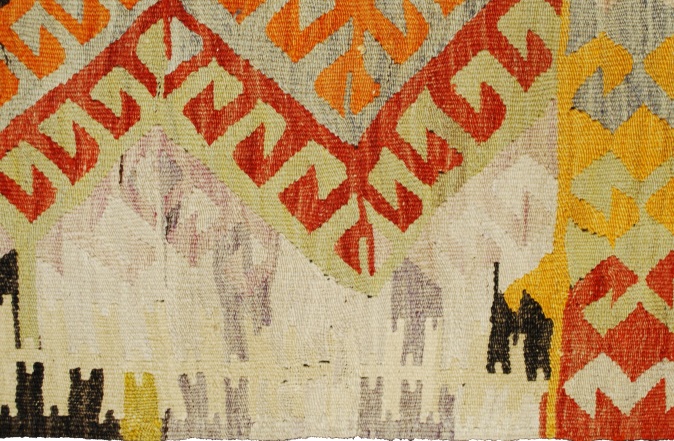
Kilim is universal
All good or bad events we experience or witness, are carved into our memory as much as they repeat or as important as they are. Even when we want to forget them, they are never erased from our recycle bin and come back as symbols.
Homesickness becomes a mountain and the mountain becomes a triangle. Joy becomes a river and river becomes a sine curve. As for collective memory, the larger is the population and longer is the time it covers, the simpler seems the subject.
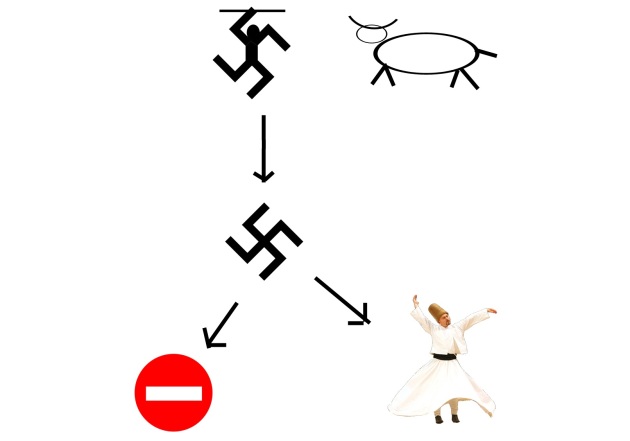
Not only the technique but also symbols of kilims are shared over a wide geography and a long period. And they hardly change even when new meanings are assigned to them.
Do we mean what we say | Do we say what we mean
Same symbols were used in different regions, by different ethnicities. But one might look very peaceful where the other one expresses more activity. Weavers don’t know that they shape the symbols as they have been shaped by their lifestyle. They only know the meaning of it.
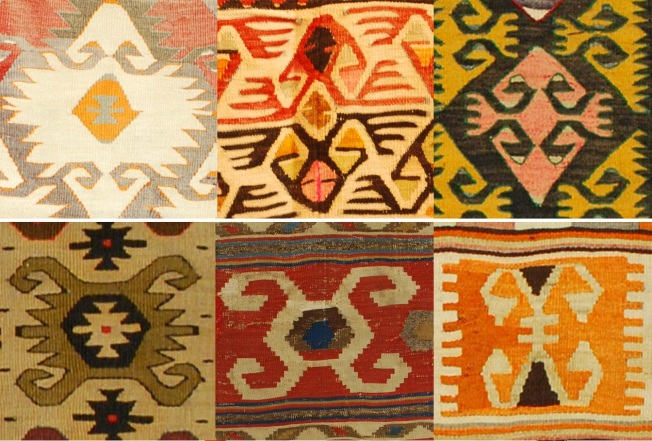
We all use the same words to communicate, but with our accent and pronunciation we tell more than what we think we are telling. Do you find it eclectic or complicated? Remember! It’s body language.
orange/blue ≠ red/green
Strength of light is always easier and faster to perceive than color. The same rule works during creation of graphics. Most commercial designers can draw shapes but they are unaware of colors and their combinations to match certain heartbeats. Thus we are first attracted by the pattern or structure when we browse the market for the first
time, but all what we kissed turn into frogs when we see them at the second tour. Love doesn’t need shape and structure but colors to last forever.
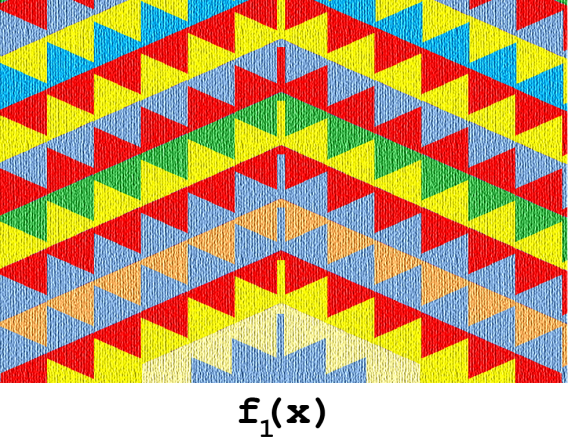
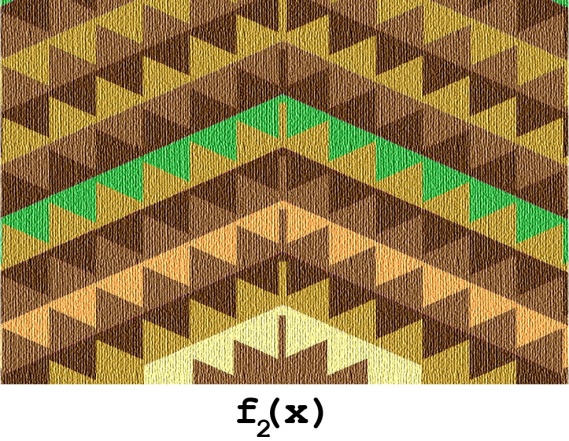
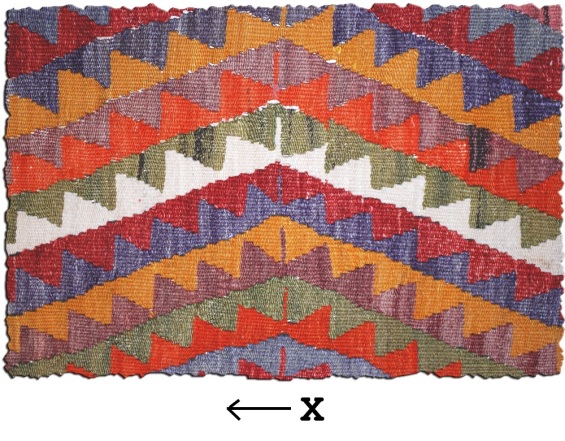
At home, you don’t look at your rug most of the time but you see it. You are focused on something else. This is where the “second layer” takes role. Kilims (paintings, music, literature…) paint your day, only if their body is build of some spirit. Each year you like them more.
People who browse the bazaar without any intention of purchase, return home with the nicest kilims. They only focus on the body when they are caught by the spirit first.
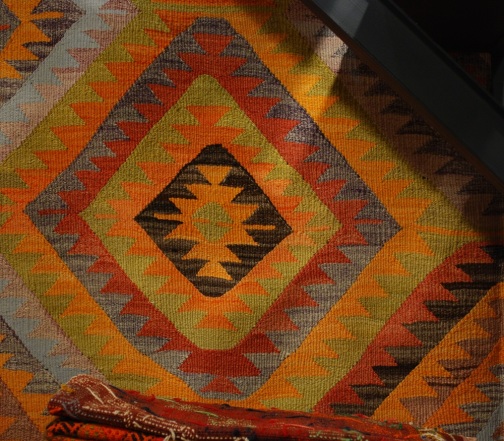
Picking colors is more than picking colors. Our short term memory can keep a limited number of items for a limited time. But a combination of colors can be stored in our gray cells as one item if it matches a previously engraved pattern of an experience. A number of colors picked professionally may match to champagne with heavy metal music during a funeral, which might be interesting to look at, but very hard to live with for long time.
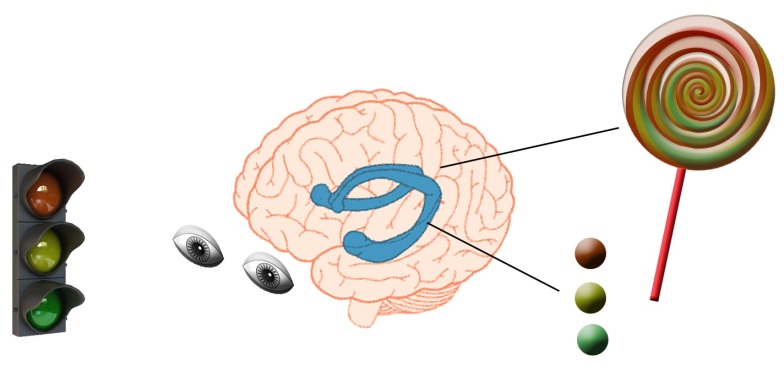
Commercial creation by its nature is after AVERAGE to catch a higher percentage of the market. Genuine kilims were woven by ordinary people of good or bad taste. But they have only woven what they liked. Ordinary doesn’t mean average. There is no AVERAGE PERSON on earth.
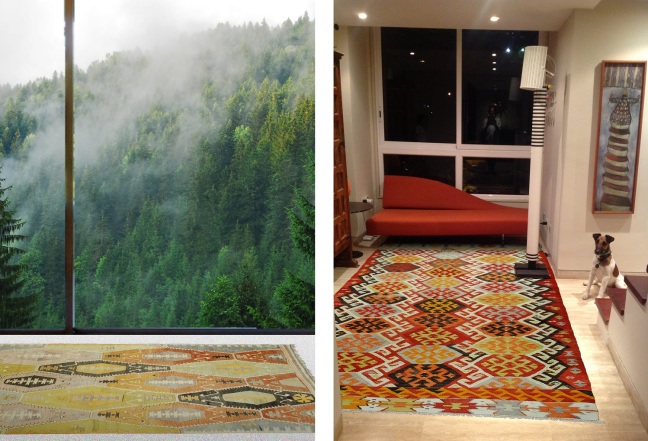
The body of the language
The kilim to fit under your dining table was woven in three months of winter, after spinning wool for the whole summer. Weavers didn’t calculate the cost of production. They didn’t know seconds, minutes and hours. They knew days, months and years but never counted. A big number of peasants and nomads traded butter for salt during the seventies in Anatolia and never got to touch money in their life.
Since the rise of the age of communications we employ more resources on marketing and advertisements than production. “Science” studies colors to stimulate consumption. Commercials expose scenes we desire rather than the product they are selling. Masses are conducted easier and stronger by products than government power.
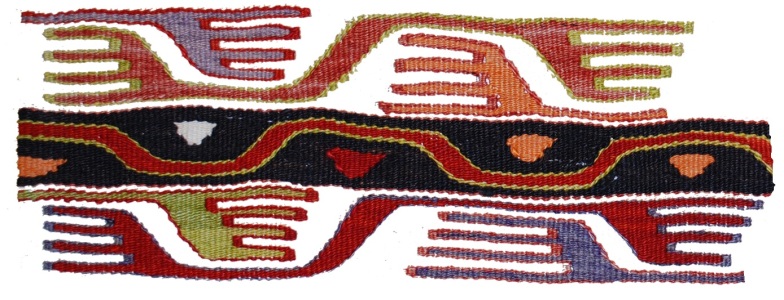
And as an individual whether smart or fool, we are aware of it. Either to deny or to catch up, we follow suit. We nod, shake our head, swing and rock. Not when we feel like but when we think we should. The music just comes from somewhere. There has not been so much body language during the feudal age as nowadays. There has never been this much choice in life and so bad tomatoes. Is this why we seek for the most basic perception of human when we decorate our homes?
Well… Since you belong to the minority reading this brochure so far, the kilim you are about to buy is most probably too long or too narrow for your saloon. Even after you swing, rock, nod and shake hands with the dealer, its price is way above of what you thought. How can I ask you to be realistic? I’m a rug dealer.
It is a completely different body and a completely different language. Though, it fits.

NOTE: Hikmet Şırlak is an expert in kilim and a kilim dealer with a long experience in travelling the interior areas of Anatolia and in dealing with nomadic weavers. He wrote this small text for the visitors of the kilim shop Recep Karaduman in the Gran Bazaar of Istanbul, Turkey, and we are grateful for the permission to repost it here. Readers may like his other posts too, like for instance “Urban life, alienation, interior furniture“.